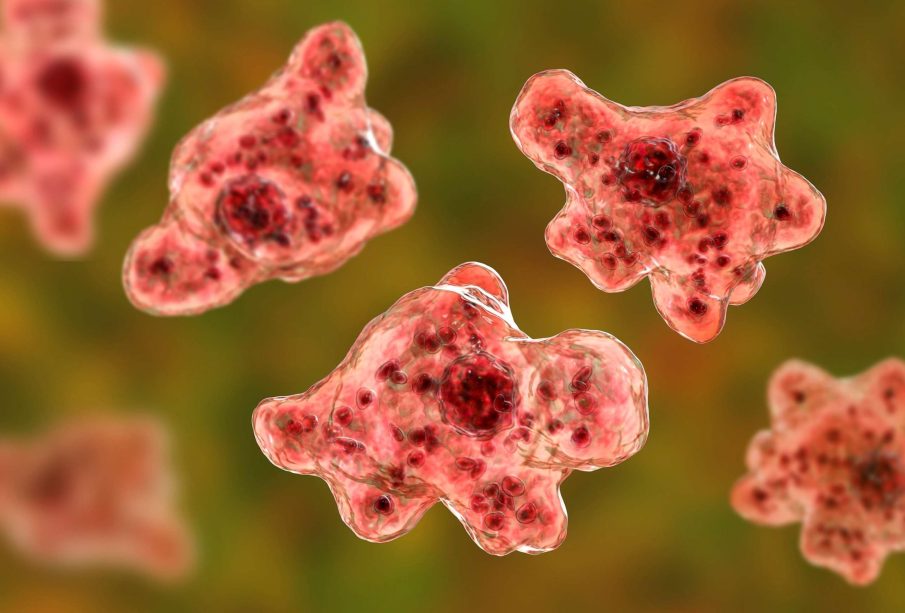Understanding Brain-Eating Amoeba: Risks and Prevention

Introduction to Brain-Eating Amoeba
The brain-eating amoeba, scientifically known as Naegleria fowleri, is a rare but highly dangerous pathogen that can cause a severe brain infection called primary amebic meningoencephalitis (PAM). Although infections are extremely rare, they are almost always fatal, making awareness of this amoeba incredibly important for public health.
Recent Reports and Statistics
In recent months, health authorities in India have reported increasing incidents of Naegleria fowleri, particularly during the hotter months when freshwaters, such as lakes or hot springs, are more frequented. In 2023, a number of confirmed cases emerged in different states, prompting health officials to issue warnings and guidelines to prevent infections. As per studies, the survival rate of individuals infected with this amoeba is shockingly low, with only a handful of reported survivors since the early 1960s.
How Does Infection Occur?
The amoeba typically enters the body through the nose when individuals are swimming or diving in warm freshwater, directly affecting the central nervous system. It can also be contracted through contaminated water sources or equipment. Symptoms typically appear within 1-12 days after exposure, often starting with severe headaches, fever, nausea, and vomiting, and can escalate rapidly to rigid neck and seizures.
Key Prevention Measures
Public health officials advocate several measures to minimize the risk of infection from Naegleria fowleri, including:
- Avoiding swimming in warm, stagnant bodies of freshwater.
- Using nose clips or keeping your head above water when swimming in warm freshwater.
- Avoiding tap water in neti pots or sinus rinsing.
- Not using warm water in home swimming pools.
Conclusion
As temperatures rise, awareness and prevention measures against Naegleria fowleri become critical in safeguarding public health. While the infection remains rare, the importance of education, prevention strategies, and prompt medical attention cannot be overstated. Individuals should remain vigilant, particularly in areas where the amoeba is known to be present, ensuring that they follow guidelines to diminish risks. Families can stay informed via health advisories and local health departments to protect themselves from this dangerous pathogen.









